Primary and Secondary STEM Education
Global Trends
ESA Sending Heroic, Fictional Sheep Aboard Artemis I
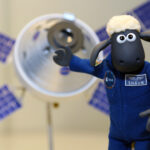
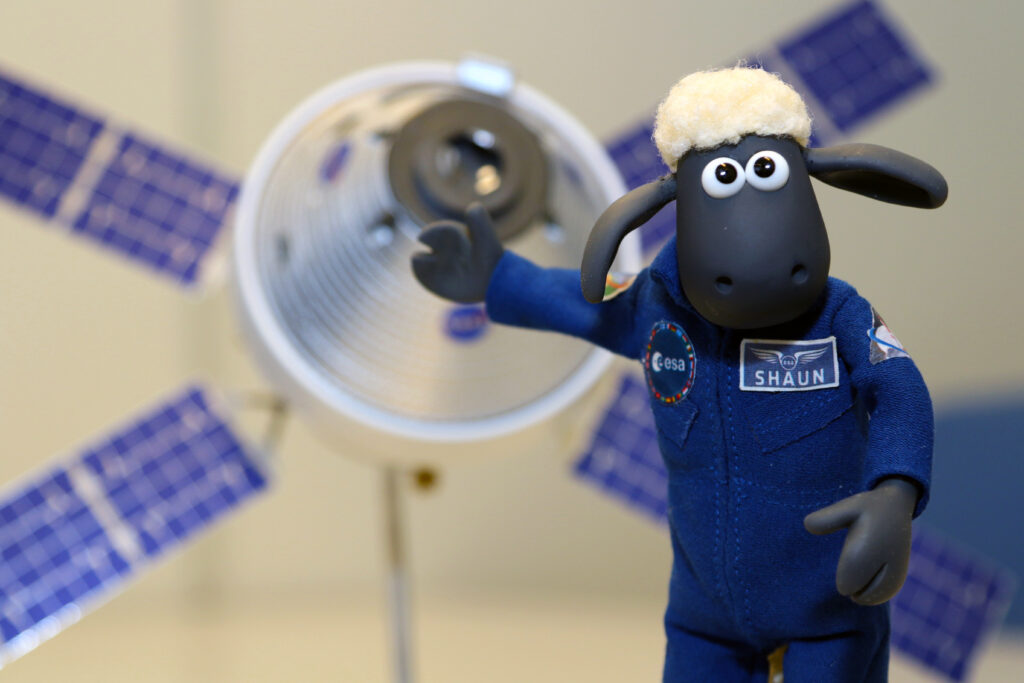
NASA says its Artemis I flight set to launch as soon as late August will be an uncrewed lunar fly-by. The Paris-based European Space Agency would beg to differ. Shaun is leaving the happy confines of Mossy Bottom Farm to lead the flight around the Moon, an agency press release announced.
2013 – TIMSS
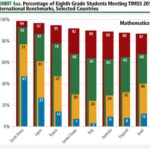
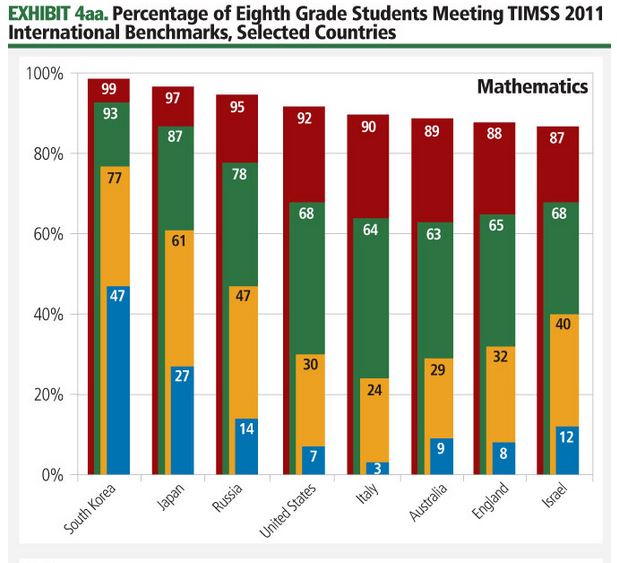
The TIMSS study also assesses mathematics and science knowledge and skills. Unlike PISA, which focuses on broader mathematical and scientific literacy of students nearing the end of compulsory education, TIMSS is designed to align broadly with the mathematics and science curricula in participating countries at the fourth and eighth grade (approximately 9- and 13-year-old) levels.
2013 – PISA
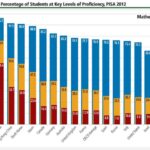
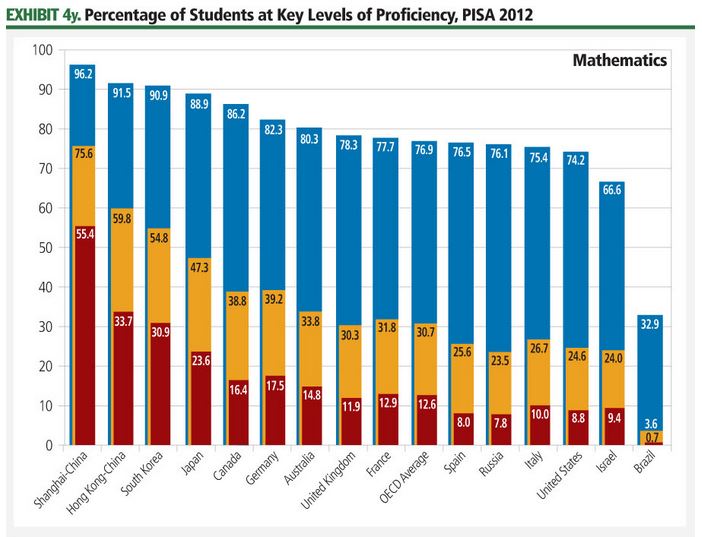
Trends in international primary and secondary STEM education can be compared across countries using two widely respected international exams. The Programme for International Student Assessment (PISA), carried out by the Organisation for Economic Co-operation and Development (OECD) every three years, focuses on the capabilities of 15-year-old students in mathematics and science literacy.
Program for International Student Assessment (PISA)
Just as the United States measures progress in early mathematics and science proficiency, other nations also track student progress. Many of these countries, including the United States, participate in the Programme for International Student Assessment (PISA) evaluation process.
2009 – PISA Test Snapshot
An examination of PISA test scores among 14 countries active in space offers a more focused view of relative math and science literacy, which has implications for the numbers of STEM graduates each country produces and in turn the supply of STEM-skilled workers available for space-related professions. Exhibit 4bb shows national PISA test scores from 2009 for major space countries in mathematics and science.
2008 – TIMSS
To gauge how U.S. elementary and middle school students compare with other students in math and science, the results of a test administered by the U.S. Department of Education, known as Trends in International Mathematics and Science Study (TIMSS) provide a standardized global measure. The most recent test was administered in 2007.